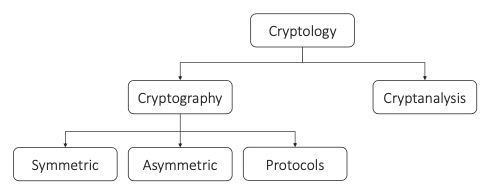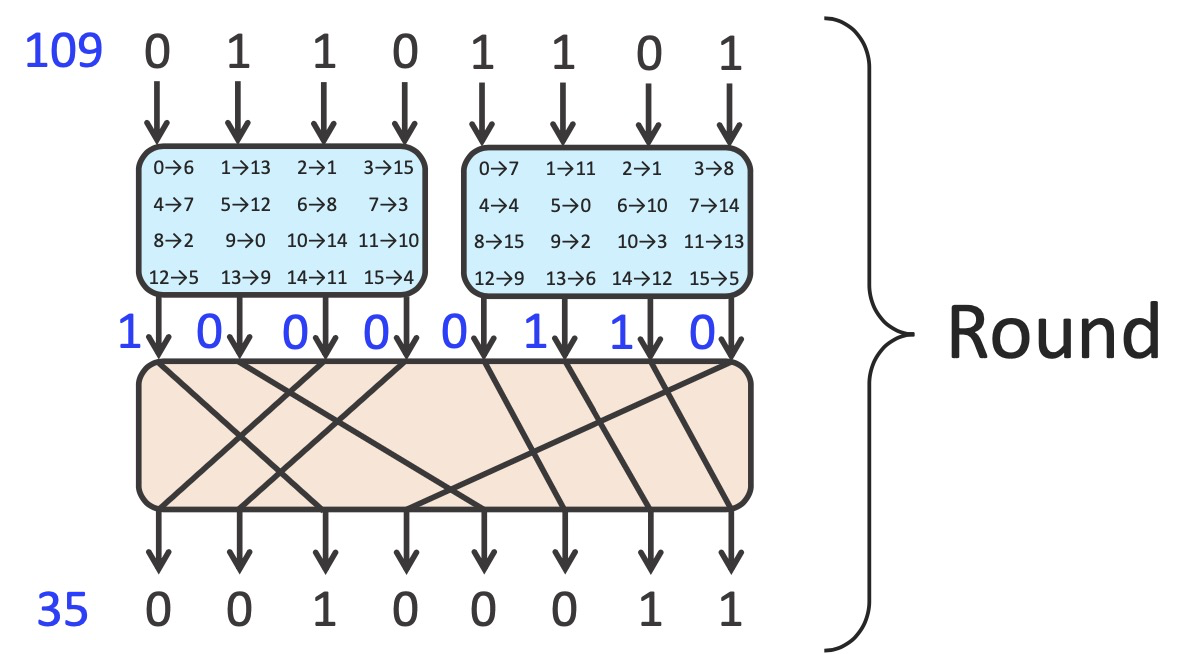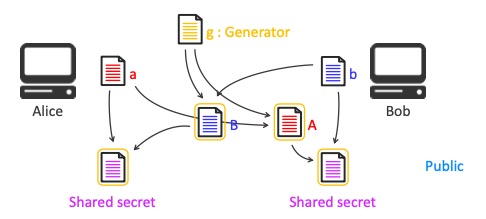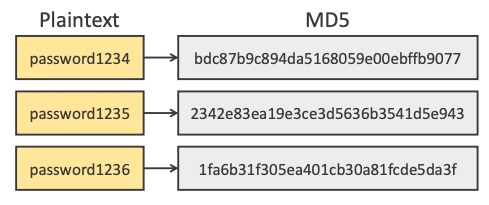In this piece of note, I will give an overview of Crypotography, introduce basic principles and algorithms for symmetric cryptography, assymetric cryptography and Protocols.
Structure of Cryptography

Symmetric Cryptography
Same key for encryption and decryption
- Ensures confidentiality
- Implemented via block ciphers or stream
ciphers
- Lightweight and fast
- Used for general communication
Stream Ciphers
Implementation
Initial seed key to generate an infinite keystream of random bits
Using same keystream to encrypt two messages -> easy to break
- A random “number used once” ( nonce ) added as additional seed -> ensure keystream is new
Message & keystream combined using XOR to get the cipher text
- XOR is reversible is applied twice, which brings much convenience when decrypt cipher text.
Advantages
- Encrypting long continuous streams, possibly of unknown length
- Extremely fast with a low memory footprint, ideal for low-power devices
- If designed well, can seek to any location in the stream
Disadvantages
- The keystream must appear statistically random
- You must *never* reuse a key + nonce
- Stream ciphers do not protect the ciphertext
- Therefore, message could be manipulated during transition without breaking confidentiality
- E.g., suppose you are transmitting a message to bank saying A owes you $50. Attacker could either manipulate the amount or the creditor using the same stream ciper or resent the same message to server.
Block Cipers
Implementation
- Use a key to encrypt a fixed-size block of
plaintext into a fixed-size block of ciphertext
- Changing and permuting the bits of the block depending on the key
- Different lengths of messages can be handled by splitting the message up and padding
Example - SP-Networks
Repeated substitution and permutation

Key mixing for enhancing security -> Different key for different round
Decipher = Reverse operation
Symmetric Algorithms
| Algorithm | Cipher Type | Design | Block Size (bits) | Speed | Memory Footprint | Safe Implementation Difficulty | Key Sizes (bits) |
|---|---|---|---|---|---|---|---|
| DES | Block | Feistel | 64 | Fast | Low | Easy | 56 |
| 3DES | Block | Feistel | 64 | Slow | Low | Easy | 112 |
| AES | Block | SP-Network | 128 | Very fast | Low-Medium | Hard | 128/192/256 |
| ChaCha20 | Stream | add-xor-rot | N/A | Very fast | Very low | Easy | 256 |
Asymmetric Cryptography
Use a pair of keys, one public and one private
Public-key cryptography
General Idea
- Hinges upon the premise that: It is computationally infeasible to calculate a private from a public key
- In practice, it is achieved through intractable mathematical problem
Key exchange
Diffie-Hellman Key exchange allows two parties to mathematically agree a shared secret over an insecure channel
Alice and Bob each uses a public non-reversible Generator with their private keys to generate public key and send it to each other. Using other’s public key and self’s private key, shared secret could be established.

Public Key Encryption
- Encryption performed by the public key can only be reversed using the private key
Digital Signatures
- The authenticity of signatures generated by the private key can by verified by the public key
- Steps
- Server send the original message
- Server use private key to encrypt
- Server send the encrypted message
- User verify using public key
Public Key Algorithms
| Algorithm | Key Exchange | Encryption | Digital Signatures | Mathematical Problem | Elliptic Curves? | Typical key Size (bits) | |
|---|---|---|---|---|---|---|---|
| Diffie-Hellman | ✓ | Discrete Logs | ✓ | 256 | |||
| RSA | ✓ | ✓ | Integer Factorisation | 2048/4096 | |||
| Elgamal | ✓ | ✓ | Discrete Logs | ✓ | 2048 | ||
| DSA | ✓ | Discrete Logs | ✓ | 256 |
Protocols
Application of cryptographic algorithms in secure systems
Hash Functions
Cryptographic primitive
Takes a message of any length, and returns a pseudorandom hash of fixed length
Strong hash functions
must appear random
be hard to find collisions – two messages that hash to the same thing

### Hash Function usage
Message Authentication Codes
Provide integrity and authenticity, not confidentiality
- Protecting system files
- Ensuring messages haven’t been altered
Calculate a keyed hash of the message, then append to the end of the message

Digital Signatures
- The use of a hash during the signing process shortens the signature
- More efficient for long messages
Password storage
- Passwords stored hashed to prevent disclosure